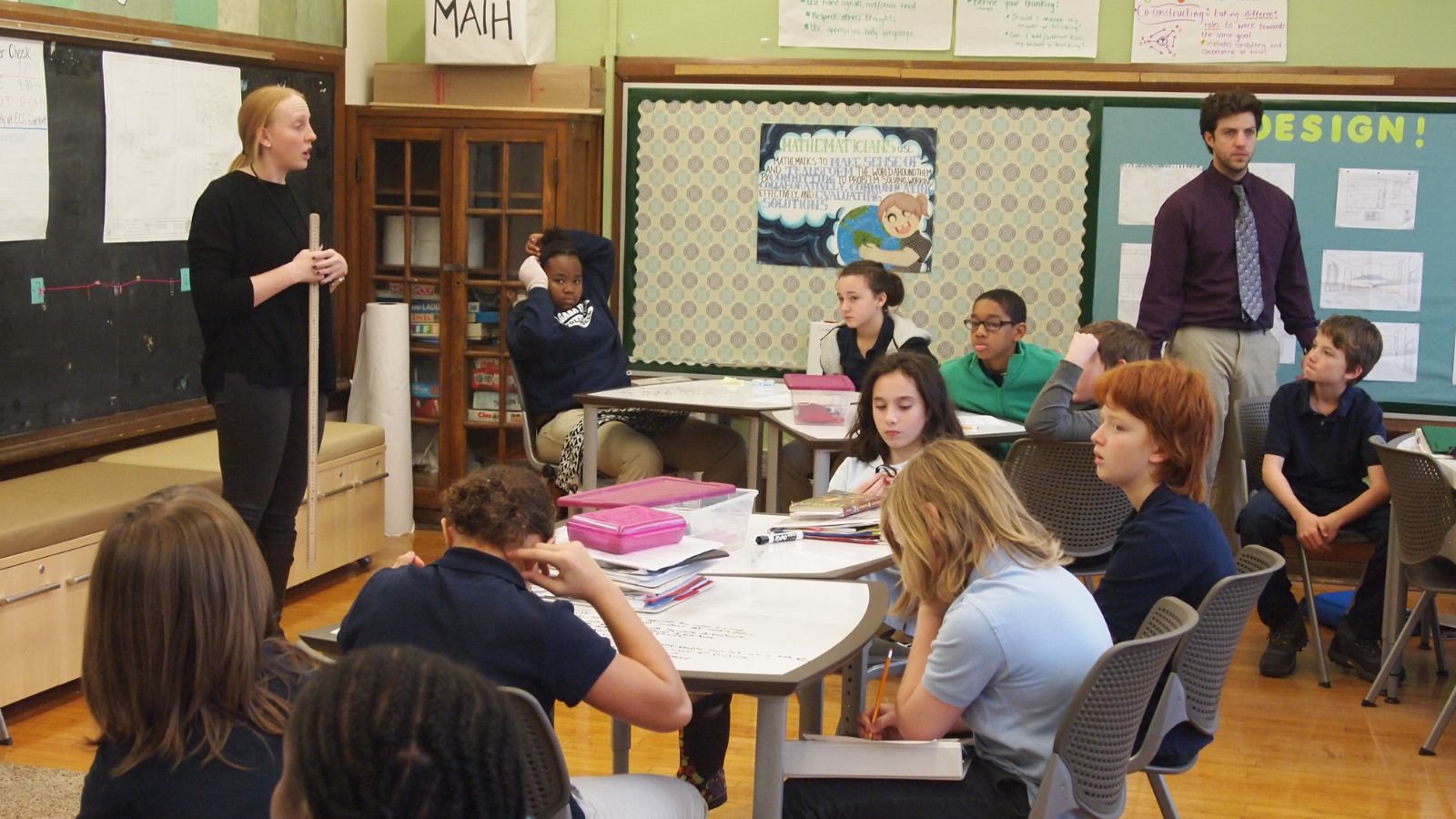As seas rise, flooding along the U.S. Gulf Coast is getting worse. And young people growing up in the region will inherit the problem.
So many teachers want to educate their students about climate change and sea level rise. But they don’t always feel prepared.
“The teachers are really overwhelmed by climate science sometimes because they just don’t know how to approach it. They’re really afraid that they’re not going to have the answers when their students ask them questions,” says Ali Rellinger, the education coordinator for PLACE: SLR, a partnership between Mississippi State University Extension and Sea Grant.
Her team developed a free high school curriculum about sea level rise, customized for each of the Gulf Coast states.
“This was a really practical curriculum,” Rellinger says. “We taught them not only what is sea level rise but what we can do about it.”
It includes lessons about how people can adapt — such as protecting wetlands to buffer storm surge and installing rain gardens to absorb water.
And it helps students understand how local policies and projects are created and implemented.
Rellinger’s team runs workshops that train teachers how to use the curriculum, helping them gain confidence to educate their students about climate change.
Reporting credit: Sarah Kennedy / ChavoBart Digital Media
Source link


